Introduction to Ohagi
Ohagi is one of the traditional Japanese sweets that locals eat during autumn. Japanese make this by steaming or cooking glutinous rice and pounding it lightly to the extent that half of the grains remain, then they sprinkled it with bean paste, soybean flour, and sesame seeds. This Japanese rice cake confectionery is popular all over Japan but Kyoto is a famous production area for azuki beans that locals used for Ohagi.
Nonetheless, ohagi is very similar to botamochi and there are various theories for their distinction. I will guide you to it as we go along with the article.
Etymology
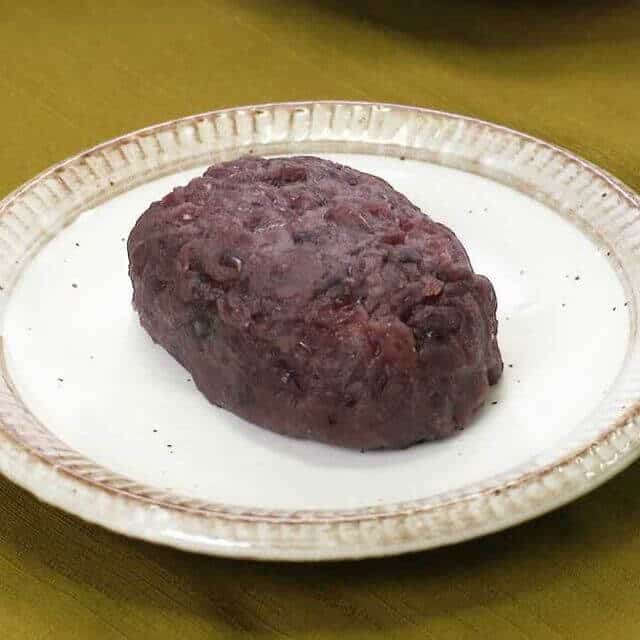
So what is the meaning of the name Ohagi? Ohagi (おはぎ) means a Japanese sweet which is named after the seasonal flower—the “hagi (ハギ)”, or Japanese bush clover, which appears in fall. Ohagi represents gratitude for the blessings of the harvest.
What is Ohagi?
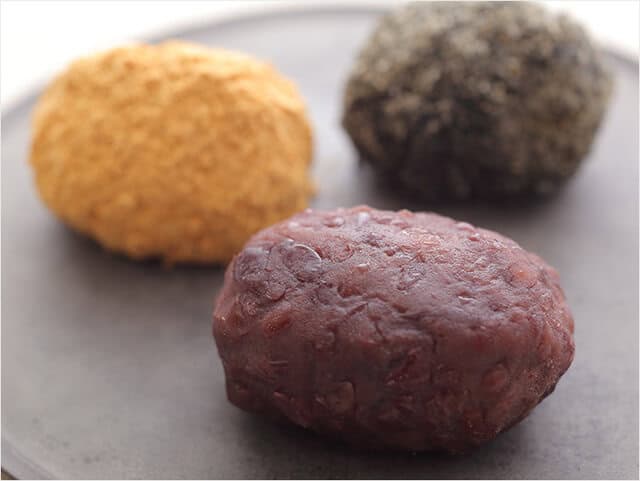
Ohagi (おはぎ) is a type of rice cake confectionery made of bean paste and that locals eat during autumn. Japanese make Ohagi by steaming or cooking glutinous rice and pounding it lightly to the extent that half of the grains remain. Then they will sprinkle it with bean paste, soybean flour, and sesame seeds. Japanese uses azuki beans for Ohagi and some locals said that the appearance of azuki bean skin on the surface of the confectionery resembles a Hagi flower.
On the other hand, in areas in Japan where they cannot harvest azuki beans, they used soybean flour. Consequently, in fishing villages, they sprinkle green laver on them. Other than sprinkling bean paste on the surface, locals fill the inside with bean paste in the same way as making Daifuku.
Ohagi and Botamochi
During the days of the autumnal and the spring equinox, Japanese hold memorials and pay their respects to their ancestors, a Buddhist observance known as “Ohigan”. Each seven-day observance comprises the three days before and after the official holidays of both Autumnal Equinox Day, which falls on September 23 this year, and Vernal Equinox Day, which falls on March 21 of next year.
Ohagi and botamochi are traditional sweets served at these times. They serve Ohagi exclusively during the autumn and botamochi in the spring. On the other hand, to make a memorial service for the spirits of their ancestors, the Japanese distribute the botamochi to their neighbors for friendship. It is a tradition handed down to Japan since the Edo period.
Offerings of ohagi and botamochi, on the other hand, were intended to console ancestral spirits. Traditionally, locals believed that the red color of the azuki beans purified and averted misfortune. In addition, many households prepared these sweets for centuries; today they continue to make this at home but are also available at traditional Japanese confectionery (wagashi) stores.
History of Ohagi
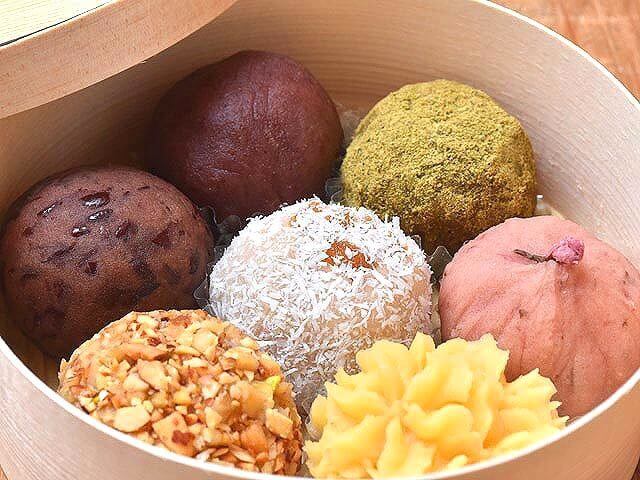
When did “Botamochi” and “Ohagi” exist in Japan in the first place? The history of Ohagi dates back to the Edo period, and books written in the latter half of the 1600s describe as food for the common people. Rice and red beans, which are the raw materials, have been around since ancient times. However, sugar was an imported product and was so valuable and expensive that it was out of reach to the general public. Then, they may have salted the old “botamochi” and “ohagi” instead of the sweet ones they have today.
Incidentally, “Hagi” is often written in waka poems from “Manyoshu.” On the other hand, Peony is a Chinese plant, so it can be found in Chinese poetry. The locals do not recognize this in old waka poems. In that case, “Botamochi” and “Ohagi” do not seem to be established at the same time.
Conversely, Ohagi was mentioned in the commentary (Muromachi period) of Su Shi’s collection of Chinese poems. It says that one local enjoys eating Hagi flowers and rice cakes. Nevertheless, you can see that “Ohagi” was called “Hagi no Hana” or “Hagi ga Hana” or “Hagi no Mochi”.
Ohagi Recipe

Before we learn how to make ohagi, we should understand the ohagi recipe or how to make them at home also. Additionally, in making it, you should rememberer that the ingredients are the same as botamochi but it uses a different red bean paste and locals eat this during autumn.
Ohagi Ingredients
| Ohagi Ingredients for 3 people | |
| Glutinous Rice | 300g |
| Red Bean Paste | 100g |
| Sesame Seeds (black) | 26g |
| Kinako (soybean flour) | 16g |
| Sugar | 63g |
How to Make Ohagi?
Wash the glutinous rice, raise it in a colander, leave it for about 30 minutes, and cook it normally in a rice cooker.
After unevenness, transfer to a bowl and crush it in half. Divide into 9 equal parts and roll.
Divide the red bean paste into 3 equal parts, spread 1/3 of the amount on plastic wrap, and wrap it with one of 3 parts. Make the remaining two in the same way.
Add 2 tablespoons of sugar to black sesame seeds, mix and sprinkle on 3 pieces.
Add the remaining sugar to the soybean flour, mix, and sprinkle on the three pieces. Then, place it in a bowl.
Difference between Ohagi and Botamochi
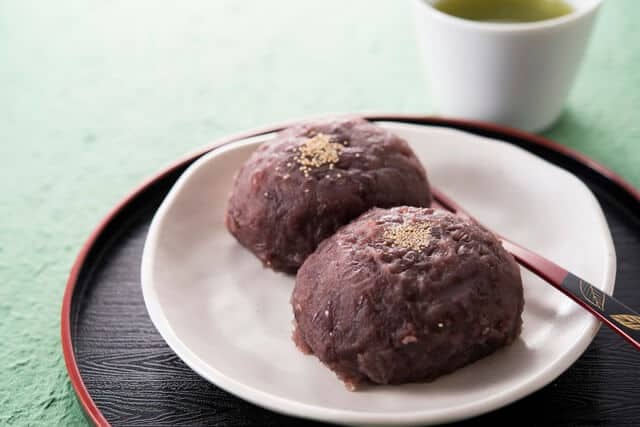
Generally speaking, locals eat “botamochi” in spring, while the “ohagi” in autumn. The critical difference is the red bean filling wrapped in rice balls. It is the harvest time of red beans during the Ohigan of autumn (Shūbun). The freshly harvested red beans are very soft, so the red bean filling made with such beans has a peel. Then during the Ohigan of spring (shunbun), the peel of the overwintering beans has become very hard, so such beans can be peeled off to make sweetened bean paste.
Ohagi Nutrition Facts
Ohagi red beans are full of nutrition.It has Polyphenol that suppresses and removes the generation of active oxygen and its action. Subsequently, it has itamin B1 that supports carbohydrate metabolism. Consequently, it has Iron that prevents anemia. It also has potassium that prevents swelling and excretes sodium. Lastly, it has Dietary fiber that improves the intestinal environment and cleans the stomach, etc.
However, if you are on a diet, you should be careful about the calories of Ohagi. Ohagi has been a popular Japanese sweet for a long time, but do you know how many calories it has? It has over 520kcal and has a higher sugar mass of about 49g.
What are the Types of Ohagi?

Anko (Red Bean Paste)
Anko, or red bean paste, locals made this from boiled azuki bean sweetened with sugar. The Anko ohagi is the standard type of ohagi that has been in Japan since the olden days. It is a good match with Japanese tea, and they are usually serve together.
Kinako (Soybean Flour)
Kinako is flour made from soybean. To flavor ohagi and other wagashi, locals sweetened the flour with sugar.
Kurumi (Walnut)
Similar to kinako, this is also flour made from walnuts that are mixed together with sugar.
What does Ohagi taste like?
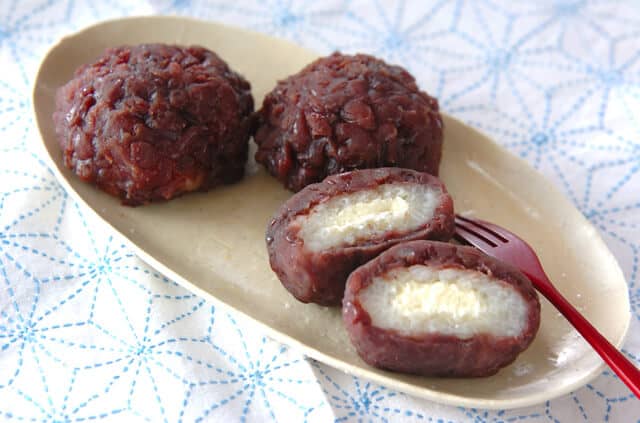
The characteristic of Ohagi is that the flavor and taste change depending on the ingredients used. On the other hand, for Ohagi that use only azuki beans, the point is the seasoning locals used in the manufacturing process.
If you use a lot of sugar, the sweetness spreads in your mouth when you eat it. However, if you reduce the amount, it will change to a refreshing taste. Although the shape and general recipe are the same for both botamochi and ohagi, the taste of the red bean paste and the size are different from household to household.
Additionally, Ohagi made with “Zunda”, which is unique to Tohoku, has a unique aroma and a texture of edamame and broad beans.
When is Ohagi eaten?
O-higan (お彼岸)
Ohagi” and “Botamochi” do not need to be offered every day during the seven days of the O-higan. It is said that it is official to offer them on the middle day of the seventh lunar month, which falls on the day of the vernal equinox and the day of the autumnal equinox, and to receive them on that day.
Obon (お盆)
Ohagi is often offered during the Ohigan period, but in fact, in some cases it is used as an offering during the Obon period as well.
Obon offerings Often, “welcome dumplings” with red bean paste are offered on the 13th, “ohagi” on the 14th, somen noodles on the 15th, and “send-off dumplings” without red bean paste on the 16th.
It is said that azuki beans have the effect of warding off evil, and glutinous rice has the meaning of wishing for a good harvest. Ohagi should be eaten after the offering is made.
Recommend Shops that Serves Ohagi
Takeno To Ohagi (Tokyo)

“Takeno to Ohagi” has 2 stores from Tokyo that open in 2016 and 2018. It has a stylish appearance that sets it apart from traditional Japanese sweets stores. There are seven cedar boxes lined up at the counter inside the store, each with a wagashi.
In addition to the standard bean paste and bean paste, there are also fashionable bean pastes that change daily and look bright. Some are made with mixed nuts and dried fruits, and some are in the shape of roses.
Yoshikawa (Tokyo)
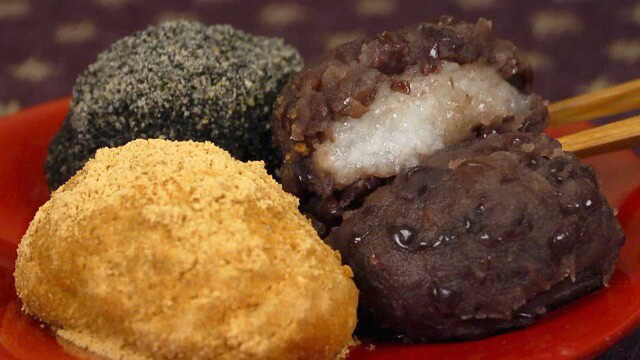
“Hokkaido Ohagi Yoshikawa” has been making rice cakes in Hokkaido for over 60 years, opened in 2016. The shop makes rice cakes that are particular about Hokkaido ingredients, from rice to red beans and sugar. In addition to standard items such as red bean paste, red bean paste, soybean flour, and sesame, they also sell seasonal rice cakes. Seasonal rice cakes include cherry blossom rice cakes, zunda mochi, and winter pumpkin rice cakes.
Gyokuseiya (Osaka)
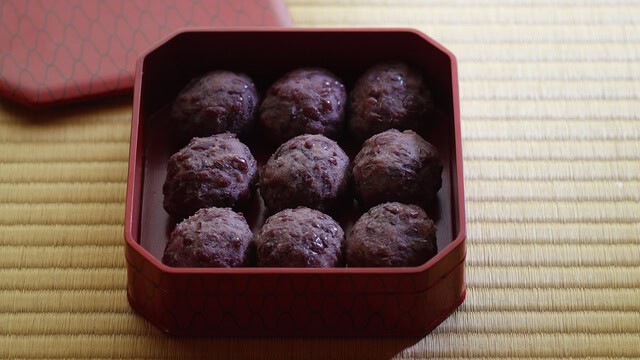
Gyokuseiya is a long-established store founded in 1899. You can buy delicious old-fashioned rice cakes in a small shop that fills up with 5 people. Gyokuseiya in Osaka sells 3 types of bean paste, red bean paste, and kinako. Their 15 pieces contain 3 types of bean paste.
Although it is a small rice cake, it has a large amount of bean paste and is very satisfying to eat. It is a delicious rice cake with a modest sweetness and a moist taste.
Otafuku (Kyoto)

“Otafuku” is a popular specialty store for rice cakes in Kyoto. The shop sells eight kinds of colorful rice cakes. It is a small shop where the owner’s woman manages it by herself. There are eight types of rice cakes: red bean, soybean flour, white azuki beans, plums, ome, black sesame, ancient rice, and green laver. Plums have a bright pink color, and ome has a green color. Ancient rice is popular because you can enjoy its fluffy texture.
Conclusion
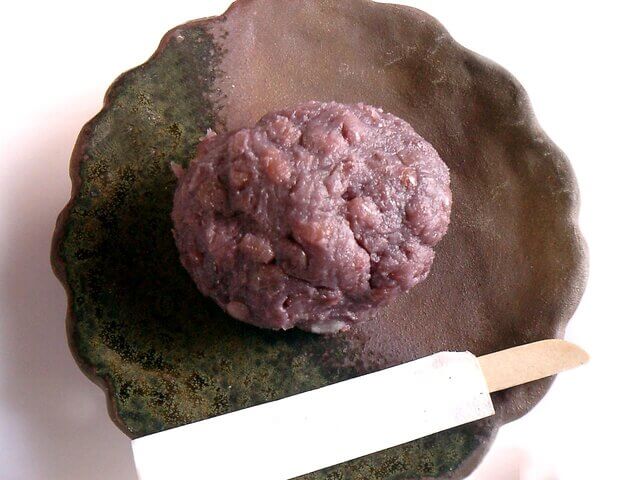
Japanese foods were known for their healthy, nutritious, delicious, and tempting foods, ranging from raw foods to cooked ones. If you eat Japanese foods for the very first time, you will know that it really is delicious. And on the other hand, it is worth tasting again and again. The same ohagi may completely differ depending on the store. In the Tokyo metropolitan area, various flavors are becoming popular lately. Not only red beans but also matcha, roasted green tea, walnuts, and other ingredients.




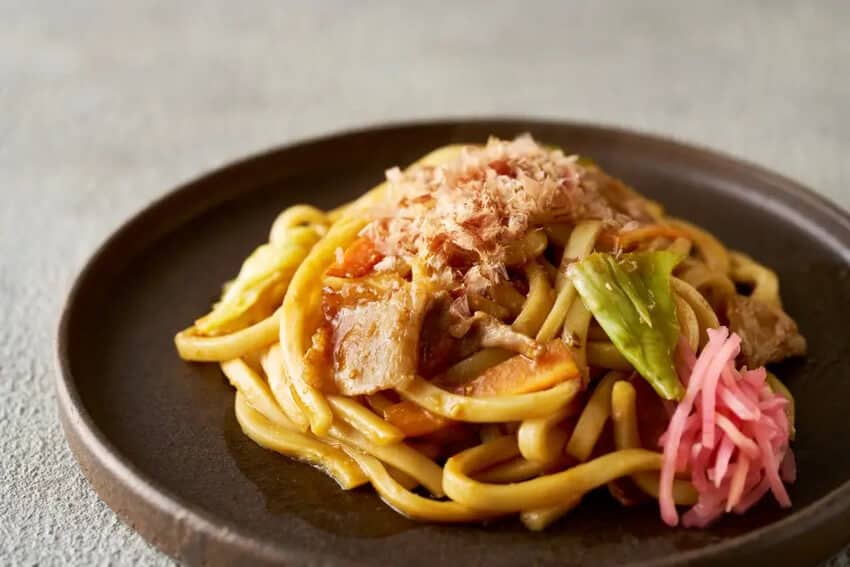

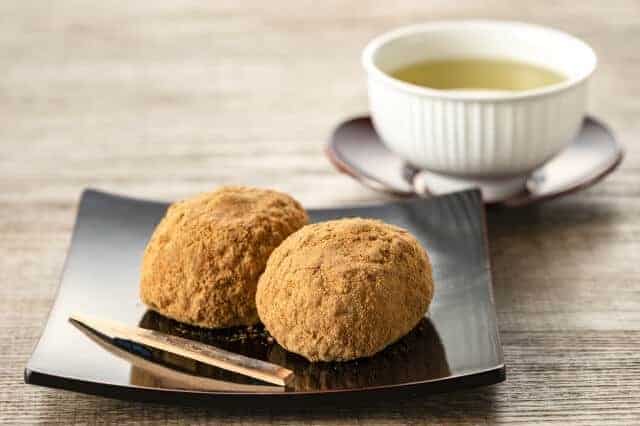
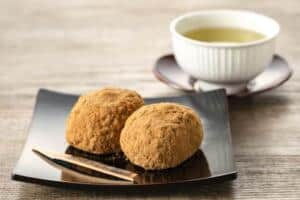
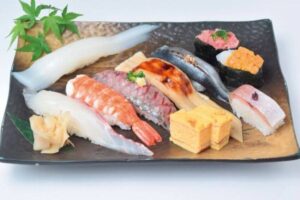

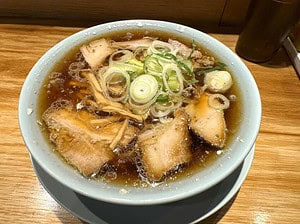
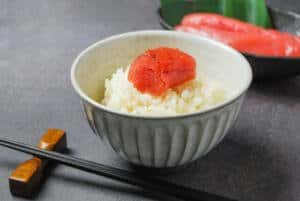
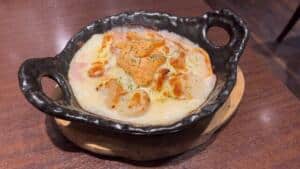
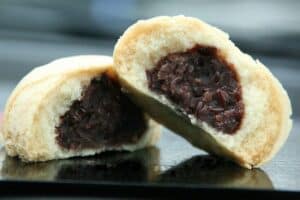
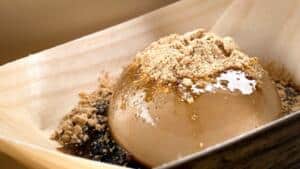
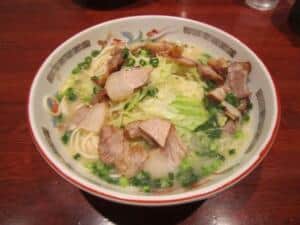
Comments